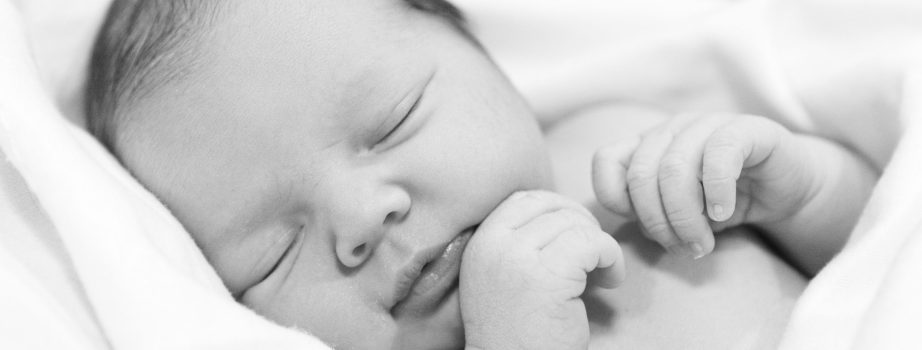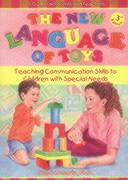When Yan and I used to discuss having and raising kids, we knew music education would be a given. Both former musicians (Yan plays piano and I used to play piano and acoustic guitar), music is what brought us together. On our second date, Yan made me lunch and then played me a Chopin Etude.
But we disagreed on how we would pass our love of music on to our children. I would suggest introducing them to all sorts of musical genres. Classical, jazz, pop, whatever. Let the child decide what they enjoyed and how they would incorporate it into their life. Yan on the other hand had a different view. “Chain them to the piano!” he would say in a joking (but not really joking) way.
We even bought a grand piano a few years ago. It takes up a significant amount of real estate in our New York City apartment, and forced us to forego having a TV.

When we learned that our baby had a high risk of hearing loss during pregnancy, the irony was not lost on us. How could this happen to us of all people?
“Actually, it could be great.” Yan told me. “I will be able to practice at night and she won’t even notice!”
Yet, this also was not the case. Despite the fact that Sonya had hearing loss, she could feel the vibrations of the six foot-long instrument just fine. Yan’s interpretation of the Russian Romantics was enough to wake her (and many others in our building) from any sleep.
So the question of whether Sonya will appreciate music has haunted me. It is something I always ask older kids with implants. Trying to understand how they understand music through the prism of their deafness, I ask them simply whether they like to listen to music, and whether they play any instruments? So far, the response has been mixed. Some kids say they love music (typically pop or hip hop) but they would not want to listen to orchestral music. Others say they read the lyrics, but do not remember melodies. It is not something they participate in unless they have to. Disheartening to say the least.
While I have read that the newest devices (Sonya has the Nucleus 6 device by Cochlear) are much more sophisticated when it comes to hearing music than their predecessors, we will never really know what Sonya hears when she listens. We can try to emulate what it is like to hear electronically – as in a recent NPR story, which offers accounts of people who have cochlear implants and what music sounds like to them, but we will never know for sure. Interestingly, in the comments section of this story, even those with cochlear implants do not agree on what they actually hear. One commentator wrote, “Fascinating, but I’m not sure that I agree. I have cochlear implants in both ears. I could hear the differences in all of the clips, and the ones that are supposed to sound like CIs don’t sound like what I hear.”
For the time being, I will continue to encourage Sonya to experiment with music. She recently received a glockenspiel – which she seems to enjoy, though she also just loves to hit things with mallets, so I can’t be sure she is actually appreciating the sound she is producing. Ultimately, Yan and I may have to accept that our child will not touch the piano that sits in our living room, and that is okay.
Update: Sonya recently has taken interest in watching Yan play piano. I overheard them playing together recently and quickly caught it on camera. I think it is brilliant. She seems to play the right notes at the right times! Yan, however, says pure coincidence. Haha. In any case, we agreed it is adorable:







